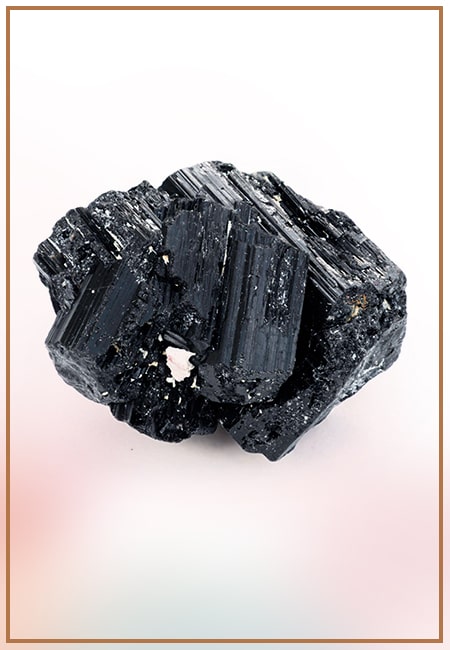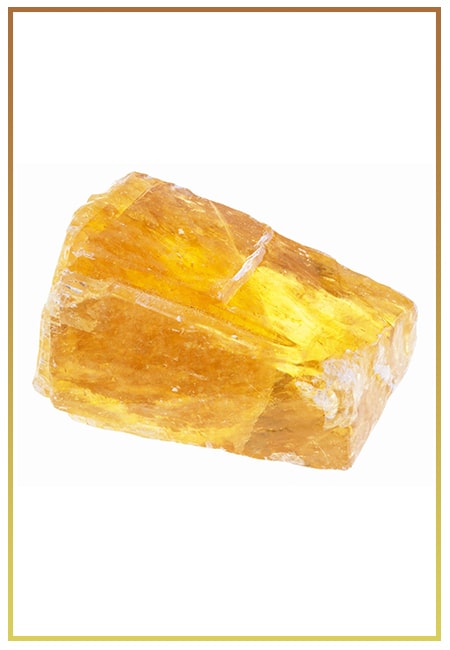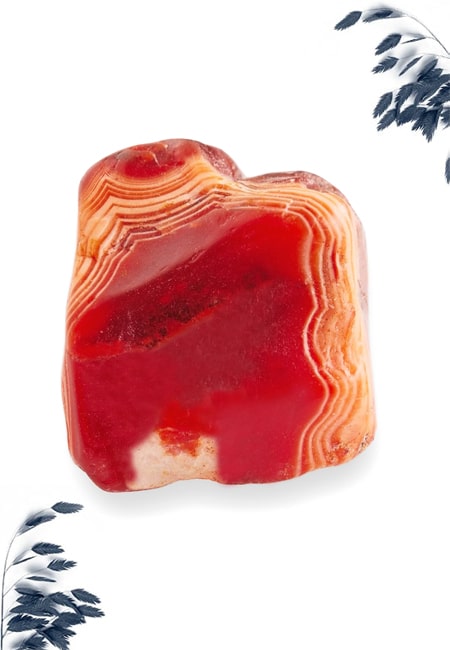- Written By Team DWS
- Festivals
- November 04, 2024
Why Daylight Saving Time Ends and What It Means for You
As summer days shrink and fall colors emerge, one notable change looms on the horizon: the end of Daylight Saving Time (DST). This biannual event, heralded by the turning back of clocks in the early hours of the first Sunday in November, often prompts questions: Why do we observe DST in the first place? Why does it end? And what does it mean for you? This blog post dives into the reasons behind the end of DST, its historical context, and its implications for our daily lives.
The Purpose of Daylight Saving Time
To fully appreciate the end of Daylight Saving Time, it's essential to understand its purpose. Introduced during World War I and revived during World War II, DST was initially intended to conserve energy by making better use of daylight. The idea was that by shifting an hour of daylight from the morning to the evening, Americans could rely less on artificial lighting in their homes and save energy – a concept that proved especially valuable during wartime.
In modern times, the rationale for DST has expanded beyond mere energy conservation. Proponents argue that longer daylight hours in the evening can promote outdoor activities, boost local economies, and even reduce traffic accidents by increasing visibility. However, the benefits of DST have been hotly debated, leading to a growing movement questioning its efficacy.
-dws638662881489857611.jpg)
Why Daylight Saving Time Ends
The conclusion of DST brings us back to standard time, and this transition has both historical and practical significance. The main reasons for the biannual clock changes are as follows:
- Seasonal Adjustments: As daylight hours shrink in the fall, reverting to standard time aligns more closely with the natural day-night cycle. Many people might feel the effects of this shift as the sun sets earlier, signaling the end of long summer evenings and the return to earlier sunsets.
- Health Considerations: While some advocate for the continuation of DST year-round, studies indicate that the abrupt transition can disrupt sleep patterns and contribute to seasonal affective disorder (SAD) for some individuals. Ending DST allows for a stabilization of daily routines as we approach winter, which may help people acclimate to the shorter days without additional disruption.
- Historical Legislation: The Uniform Time Act of 1966 set the framework for DST in the U.S., establishing a start and end date. Changes in this law are often slow to adopt at both state and local levels, resulting in the maintenance of DST in some areas and its abolition in others.
What This Means for You
As the clocks fall back, a few noteworthy considerations emerge for everyday life:
- Impact on Your Routine: For many, the end of DST means shorter daylight hours in the evenings. While this shift might signal a return to more indoor activities as the colder months approach, it also encourages cozy evening routines. For those who enjoy outdoor sports or activities, be mindful that your time outside will be limited.
- Sleep Patterns: The time change may affect your sleep schedule temporarily. The extra hour of sleep gained when clocks are turned back can provide a one-time boost, but the transition can also confuse your internal body clock. Allowing yourself a few days to adjust will help in regaining a regular sleep pattern.
- Mood and Well-being: As daylight fades and darker days set in, you may sense a drop in your mood or energy levels. It's essential to maintain healthy habits, such as regular exercise and exposure to natural light when possible. Consider using light therapy lamps if you find yourself susceptible to SAD.
- Transportation and Safety: Drivers should also be aware of the potential for increased accidents during the adjustment period. The darker evenings can lead to decreased visibility and heightened fatigue. This shift necessitates more cautious driving and heightened awareness as we transition.
Conclusion: Embracing the Change
As we bid farewell to Daylight Saving Time, embracing the changes can help us navigate our days with ease. The end of DST marks a transition, not just in time but in the rhythm of our lives. Whether it's cozying up with a good book or planning cozy gathering with friends and family, the return to standard time invites us to slow down and reflect.
While debates around the continuation and relevance of Daylight Saving Time continue, its end serves as a reminder of the natural cycles that govern our lives. So, as you prepare to turn back your clocks, take a moment to appreciate the beauty of the season's change and the ways in which you can adapt to it.
-dws638662881780208656.jpg)
Daylight Saving Time Ends: Frequently Asked Questions (FAQs)
Sure! Here are some frequently asked questions (FAQs) about the end of Daylight Saving Time (DST):
1. When does Daylight Saving Time end?
Daylight Saving Time typically ends on the first Sunday in November in the United States and many other countries. On this day, clocks are set back one hour at 2:00 AM local time.
2. What is the purpose of Daylight Saving Time?
The main purpose of DST is to make better use of daylight during the longer days of summer. By advancing clocks in the spring and reverting them in the fall, the practice seeks to enhance evening daylight.
3. How does the end of Daylight Saving Time affect my schedule?
When DST ends, you will set your clock back one hour. This means you may have an extra hour of sleep on that night. However, your daily schedule may also shift slightly, as sunset will occur earlier in the evening.
4. Are all states and regions in the U.S. required to observe Daylight Saving Time?
No, not all states or regions observe Daylight Saving Time. For instance, Arizona (except the Navajo Nation) and Hawaii do not observe DST. Some U.S. territories like Puerto Rico and Guam also do not participate.
5. How does Daylight Saving Time end affect agriculture and farming?
Contrary to popular belief, farmers did not advocate for DST. However, the return to standard time can mean a change in the work schedule for farmers, who may prefer to work in daylight hours.
6. Can I change my clocks before the end of Daylight Saving Time?
Yes, you can change your clocks before the official end of DST, but it’s best to ensure they are adjusted by 2:00 AM on the designated Sunday to avoid confusion with appointments or planned activities.
7. Does the end of Daylight Saving Time affect sunrise and sunset times?
Yes, when Daylight Saving Time ends, sunrise occurs earlier in the morning, and sunset also occurs earlier in the evening compared to the previous DST period.
8. Is Daylight Saving Time ending a recent change?
No, the practice of Daylight Saving Time was first implemented during World War I and has been adjusted over the years. However, debates about its usefulness and potential changes to observance continue.
9. What are the health effects of changing the clock?
Some studies suggest that the change may temporarily disrupt sleep patterns and circadian rhythms, leading to potential health impacts like sleep deprivation or increased risk of heart attacks shortly after the switch.
10. Is there any push to eliminate Daylight Saving Time?
Yes, there are ongoing discussions and legislative efforts in various regions and countries to either eliminate the practice of Daylight Saving Time or make it permanent (i.e., keep DST year-round).
Conclusion
Daylight Saving Time's end can bring about various effects and considerations for individuals and communities. It’s essential to stay informed and adjust schedules accordingly as the seasons change.
Popular on Blogs

Black Tourmaline: Meaning, Healing Properties, Fascinating Facts, Powerful Attributes, Versatile Uses, and Beyond
September 05, 2023 / BY Team DWS
Black Tourmaline, also known as Schorl, is a highly revered crystal with incredible metaphysical properties. It derives its name from the Dutch word "turamali," meaning "stone with ..

Carnelian Stone: Meaning, Healing Properties, Power, Facts, Color, Uses and More
December 26, 2023 / BY Team DWS
Carnelian is a vibrant and captivating gemstone that holds a plethora of meanings, healing properties, and powers. Its warm and fiery energy makes it a popular choice among crystal ..

Citrine: Exploring its Meaning, Healing Properties, Fascinating Facts, Powers, Versatile Uses, and Much More
November 18, 2023 / BY Team DWS
Citrine, with its warm golden hues, has captured the attention and imagination of people for centuries. This beautiful gemstone, commonly associated with wealth and prosperity, hol ..

Black Onyx: Unveiling the Meaning, Healing Properties, Fascinating Facts, Powerful Attributes, Versatile Uses, and Beyond
July 25, 2023 / BY Team DWS
Black Onyx, a striking gemstone admired for its deep black hue and elegant appearance, has captivated people for centuries. In this comprehensive guide, we will delve into the mean ..

Unveiling the Mysteries of Turquoise Stone: Exploring its Meaning, Healing Properties, Power, Facts, Color, Uses, and More
December 05, 2023 / BY Team DWS
Turquoise, with its captivating blue-green hue, has been adorning jewelry and artifacts for centuries. This striking stone has a rich history, rich symbolism, and a plethora of int ..

The History Behind The Popularity of Red Agate
December 23, 2022 / BY Team DWS
An Agate is a type of magma rock that takes many years till it is washed out naturally into the water. And that is the reason this stone has elements of water. This beautiful stone ..

Plan a Perfect Valentine's Week with Our Valentine Week List 2025
January 22, 2024 / BY Team DWS
Valentine's Day is undoubtedly the most romantic day of the year, but we believe that one day is just not enough to express your love and make your partner feel special. That's why ..

Bloodstone: Unveiling the Meaning, Healing Properties, Facts, Powers, Uses, and More
August 21, 2023 / BY Team DWS
Bloodstone, with its captivating deep green color with specks of red, is a mesmerizing gemstone that has fascinated civilizations for centuries. It possesses unique healing propert ..


